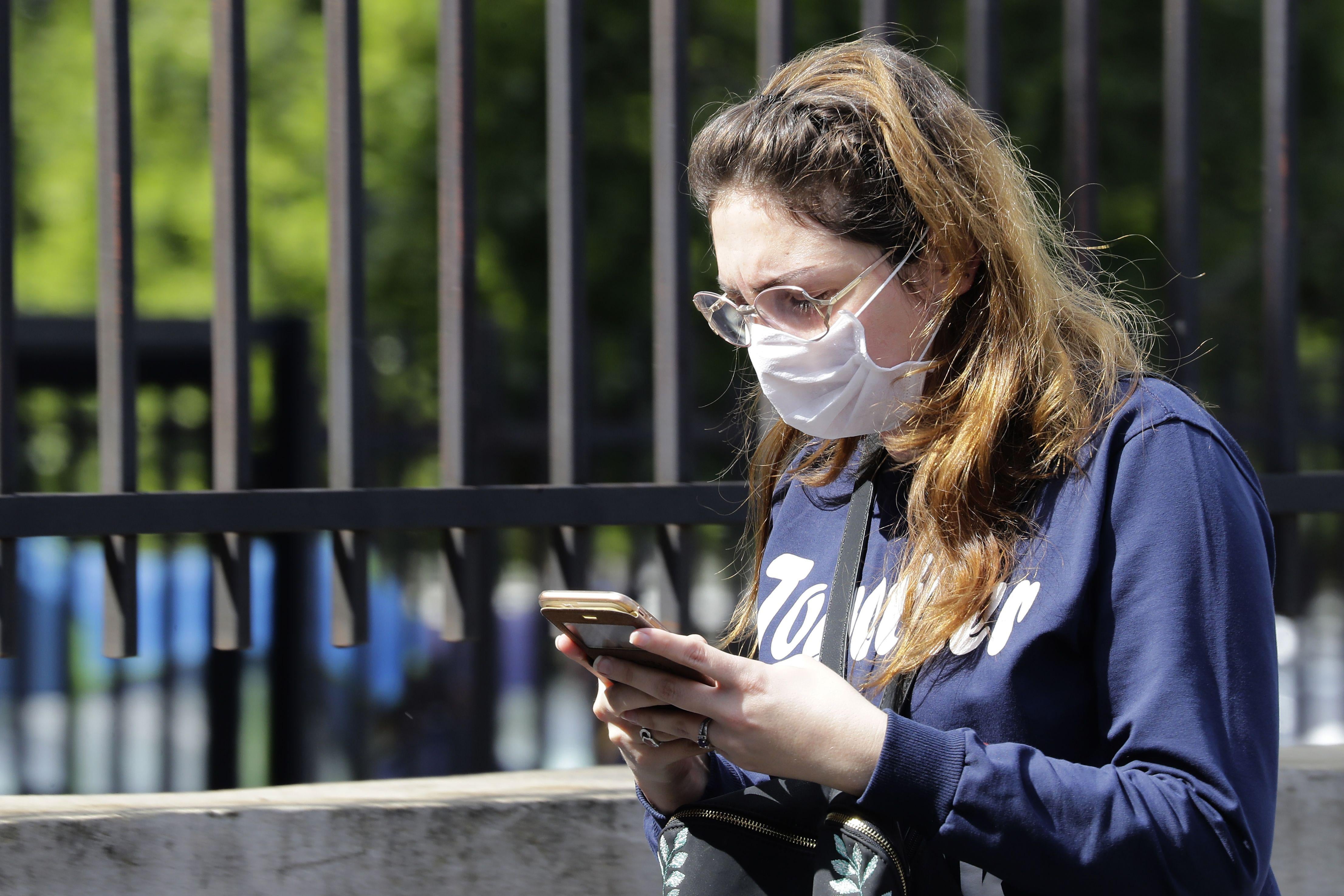Update, March 9, 2020: The Wall Street Journal reported that Apple changed its “How to clean your Apple products” webpage on Monday with new language noting that it is fine to clean device surfaces with a 70 percent isopropyl alcohol wipe or Clorox disinfecting wipes. The company had previously advised against using “cleaning products.”
Original article: The novel coronavirus outbreak has been an occasion to reflect on just how filthy our surfaces are. The handrails on public transit, the buttons in elevators, light switches, grocery cart handles—all potentially teeming with nasty things. Even if you avoid direct contact with these surfaces by slipping your hand into your sleeve as a makeshift glove or jutting out an elbow instead, you should regularly wash your hands and avoid touching your face, as the Centers for Disease Control and Prevention advises. But if you’re taking the time to do that, it is just as reasonable to regularly clean another surface you touch constantly and bring with you everywhere: your phone.
While people typically transmit COVID-19 by spewing respiratory droplets with a cough or sneeze, a recent study in the Journal of Hospital Infection found, after swabbing the mobile devices of 250 hospital staff, that coronaviruses can survive on the kinds of smooth glass and plastic found in smartphones for up to nine days. Kenneth Mak, the director of the Singapore Ministry of Health’s medical services, told reporters in February that cleaning phones is an even more important anti-coronavirus measure than wearing face masks.
Your phone is, as public health professor Peter Hall put it recently in the Conversation, a “portable petri dish.” Touching an infected surface, or your face, and then a phone is an easy way for the virus to find a home on your screen. The mucus that carries the coronavirus can then dry on your phone, allowing the disease to last longer. A 2019 survey found that people touch their phones 2,617 times per day on average, and experts estimate that the devices generally host 10 times more bacteria than toilet seats, mostly because people don’t commonly clean them as often. Wash your hands! Then wash your phone.
“The rule of thumb is that you need to clean it when it’s been exposed to a risk,” says Michael Schmidt, a microbiology and immunology professor at the Medical University of South Carolina. “When you’ve been out in public and you return home, that’s when I would clean the phone to make certain that the phone is safe in your residence, so you don’t have to be washing your hands continuously subsequent to using it.”
Apple instructs users to clean iPhones by first unplugging all cables and then rubbing them down with a microfiber cloth and warm soapy water. Google similarly recommends cleaning the backs and sides of Pixels with cleaning wipes or household soap, and to hand-wash the case fabric with mild soap or laundry detergent. You can also purchase an ultraviolet light device that’s specially designed to disinfect phones, though they’re usually at least $60. You’ll also need to take a cloth to the crevices in your phone, as the UV light will only be able to sanitize smooth surfaces. Schmidt cautions, though, that while this method has been shown to be effective against many kinds of viruses and bacteria, it has yet to be tested on COVID-19.
It’s possible to go overboard in cleaning your device. Most modern touch-screen phones are covered in an oleophobic (oil-repellant) coating that protects against fingerprints, keeps the screen in good condition, and makes the surfaces smoother. This coating wears off over time as users drag their fingers across it, and rubbing a phone with harsher chemicals like rubbing alcohol, window cleaner, and vinegar only accelerates the degradation. The CDC does recommend using cleaning spray on phones, however, so if you’re more concerned about warding off disease than keeping your phone oleophobic, it might be worth the trade-off. Popular Science also notes that if you use very small amounts of these chemicals, the effect on the device should be minimal. And though iPhones 7 and later, Pixels 2 and later, the LG G6 and later, and the Galaxy S7 and later are all water-resistant, it’s risky to stick the devices under a running faucet because you’ll have to make sure that the ports are completely free of moisture before charging.
Apart from cleaning your phone, there are also steps you can take to prevent it from getting dirty in the first place, such as washing your hands before using it. While it might be tempting to kill time on your phone while perched on the toilet—88 percent of people admitted to doing so in a 2019 survey—you’ll want to avoid taking it out in the bathroom for obvious cross-contamination reasons. In fact, the Chinese Center for Disease Control published a report suggesting that the coronavirus may have been able to spread so quickly because it’s been “transmitted through the potential fecal-oral route.” Because of this, Schmidt says, “When using public restrooms, I would make certain that your phone is deep in your pocket.” If at all possible, don’t put your phone to your face since orifices like the mouth and eyes are prime entry points for diseases—perhaps consider using the speaker or headphones that have a microphone. And sharing phones adds another layer of risk since it diversifies the kinds of germs you’re coming in contact with.
Or if all of this sounds like too much hassle, and if money and time is no object, just buy a new burner phone every day until the coronavirus scare has passed.
